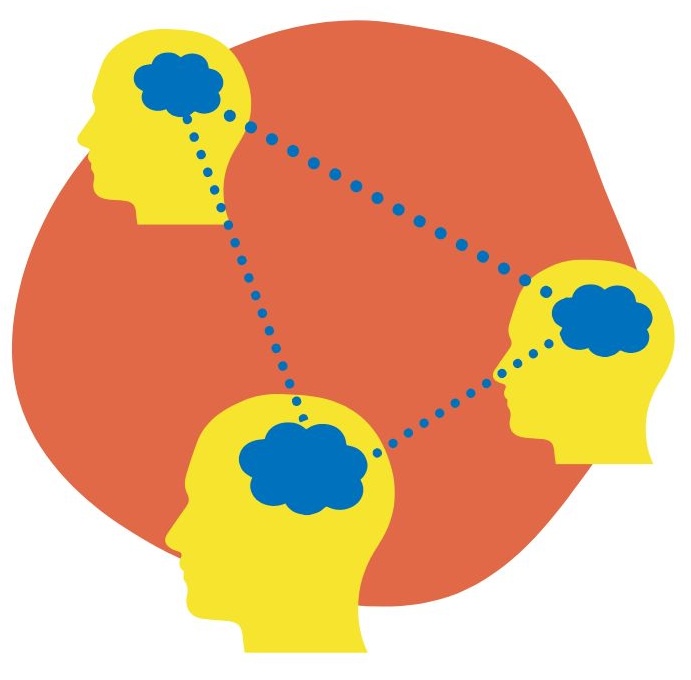The Marketer’s Guide to Consumer Psychology

What is Consumer Psychology?
Like many business owners and product developers, you have probably found yourself wondering how it’s possible to appeal to a wide range of customers with seemingly unique needs. While you cannot appeal to every individual all of the time, it is certainly not the case that consumers behave in completely unpredictable ways. In fact, researchers of consumer psychology have invested countless hours of research into identifying patterns in consumer behavior. These patterns can help you take the guesswork out of designing and marketing your products.
The field of consumer psychology allows marketers and product designers to understand the behavior of consumers. In an increasingly competitive landscape, its use in product design plays a key role in determining which products and services are most successful at driving adoption. In addition to increasing customer adoption rates, the principles can help increase customer retention rates beyond the point of initial sale. Conversely, effective applications of consumer psychology in product design can minimize customer churn, the process by which customers decide to stop purchasing a product they previously bought.
By becoming better-versed in consumer behavior patterns, you will watch your customer churn rates drop so that you can spend less time worrying about replacing lost customers and more time designing better products.
Get Consumers into the Habit of Using Your Product
Ever since the creation of the first online media companies at the dawn of Web 1.0, businesses have capitalized on the behavior of consumers. However, Web 1.0 companies measured themselves on pages viewed and CPM rates, rather than the strength of their user habits. This left them vulnerable to attack from social media companies, which plundered their user base as the web evolved. Facebook, YouTube and Twitter, armed with an arsenal of consumer behavior weaponry including hot triggers, variable rewards, and social proof, eventually dominated the Social Web.
Today, companies must build habit creation into their products and business models. Not only are users inundated by distractions, but also the acquiring of users is harder than ever before. Habits are one of the ways the brain learns complex behaviors. In order to allow us to focus our attention on obtaining new insights, neuroscientists believe habitual behaviors are moved to the basal ganglia, an area of the brain associated with actions requiring little or no cognition. Habits form when the brain takes a shortcut and stops actively deliberating about the decision being made. A recent study at the University College London, concluded that the more frequently a new behavior occurred, the stronger the habit. Google search provides an example of a service built upon a frequent behavior creating users habits. Internet searches occur so frequently that Google is able to cement its tool as the one and only solution in the habitual users’ mind. Users no longer need to think about whether or not to use Google, they just do. Developing a customer habit of using your product will yield a growing base of active and engaged consumers. Simple metrics, such as retention rate and cohort analysis, can be applied to determine the strength of how these habits influence the behavior of consumers. Habits are good for business. In fact, many industries could not survive without them. While most of us think of cigarettes or gambling as habit-forming products, the fact is, a much wider swath of industries rely on consumer’s using their products without thought or deliberation. This introduction to consumer psychology and designing for customer retention offers just a small sampling of the countless marketing and product design tactics you can utilize to tap into the behavior of consumers. Check out our large body of articles on this topic to learn more about how this field can transform your business.Behavior Can Be Designed.
Download our course on Product Psychology.
Your email address is safe. I don't do the spam thing. Unsubscribe anytime. Privacy Policy.
